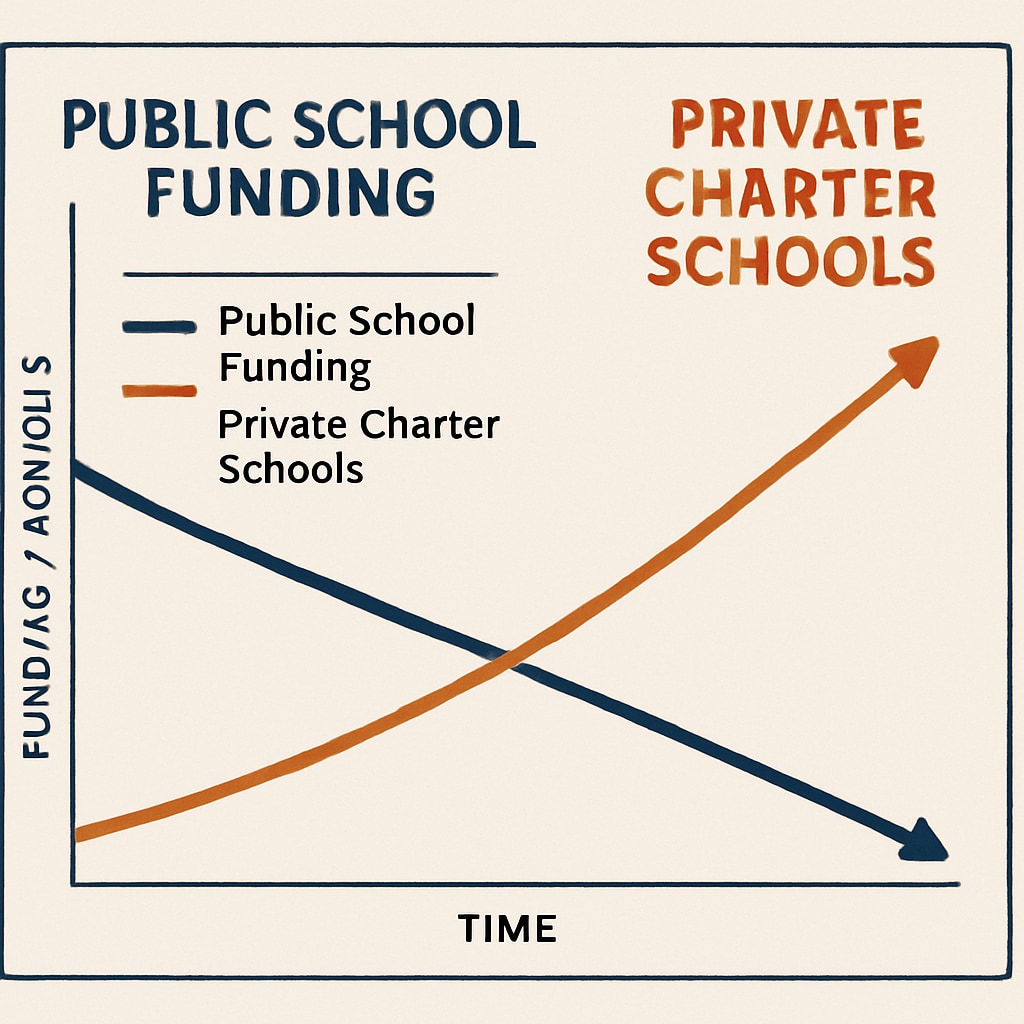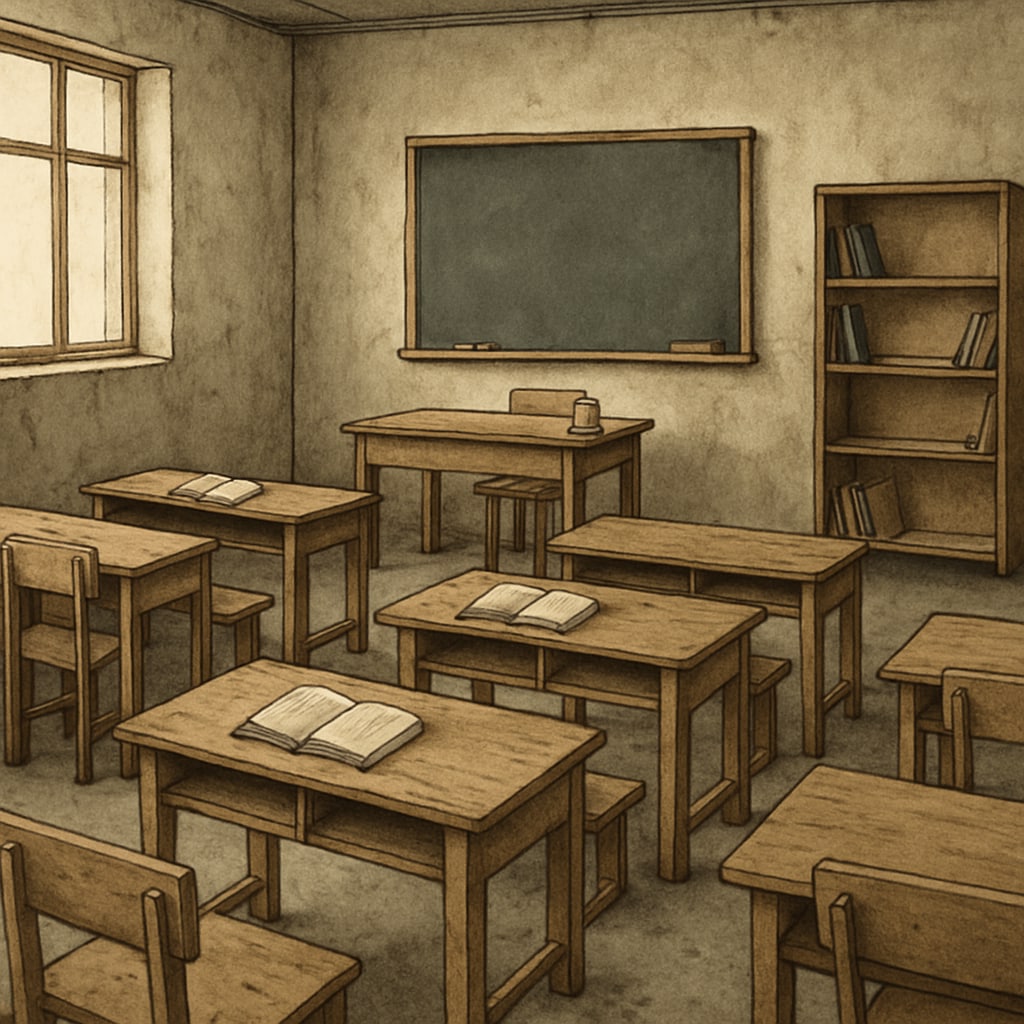The organization “Stand For Children” has long been associated with advocating for educational reforms, but a closer examination reveals a troubling trend: public education funds being redirected to private institutions, a form of hidden privatization. While the group claims to support public education, their policies often lead to the depletion of resources from public schools, threatening the integrity of the K-12 system. This article explores how such operations occur and the negative impact they have on public education.
How “Stand For Children” Impacts Public Education Funding
At first glance, “Stand For Children” presents itself as a champion for educational improvements. However, critics argue that many of its lobbying efforts result in policies that prioritize private institutions over public schools. For example, state-level legislation supported by the organization frequently includes provisions for vouchers and charter school programs, which siphon funds directly from public school budgets.
Public schools rely on consistent funding to maintain staff, infrastructure, and student programs. Diverting these funds to private entities not only reduces resources but also creates inequities in educational access. As a result, public schools in marginalized communities often face closures or deteriorating quality, while private institutions benefit disproportionately.

The Hidden Costs of Education Privatization
Education privatization comes with consequences that extend beyond funding. When public money is redirected to private institutions, accountability often diminishes. Public schools are subject to rigorous oversight and transparency requirements, ensuring funds are appropriately allocated. Private entities, however, operate under less stringent regulations, increasing the risk of financial misuse.
For example, according to a Britannica overview on education, privatized educational systems often fail to deliver equitable outcomes, especially for underserved populations. In addition, the lack of oversight can lead to inflated administrative costs or the prioritization of profit over student welfare.

Protecting the Integrity of Public Education
The ongoing shift in education funding from public to private institutions poses a significant threat to the K-12 system. Organizations like “Stand For Children,” while claiming to support education reform, often lobby for policies that undermine public schools. This trend highlights the need for vigilance among policymakers, educators, and parents.
To address these issues, stakeholders can advocate for stronger accountability measures in legislation and increased funding for public schools. Furthermore, public awareness campaigns can shed light on the hidden privatization strategies employed by certain organizations, ensuring communities are informed and proactive.
As a result, safeguarding public education requires collective action to oppose policies that prioritize private interests over public welfare. The integrity and accessibility of K-12 education depend on preserving equitable funding structures and resisting hidden privatization efforts.
Readability guidance: This article uses concise paragraphs, incorporates lists where possible, and employs transition words such as “however,” “therefore,” and “as a result” for clarity and flow. Images positioned appropriately illustrate key points effectively.


